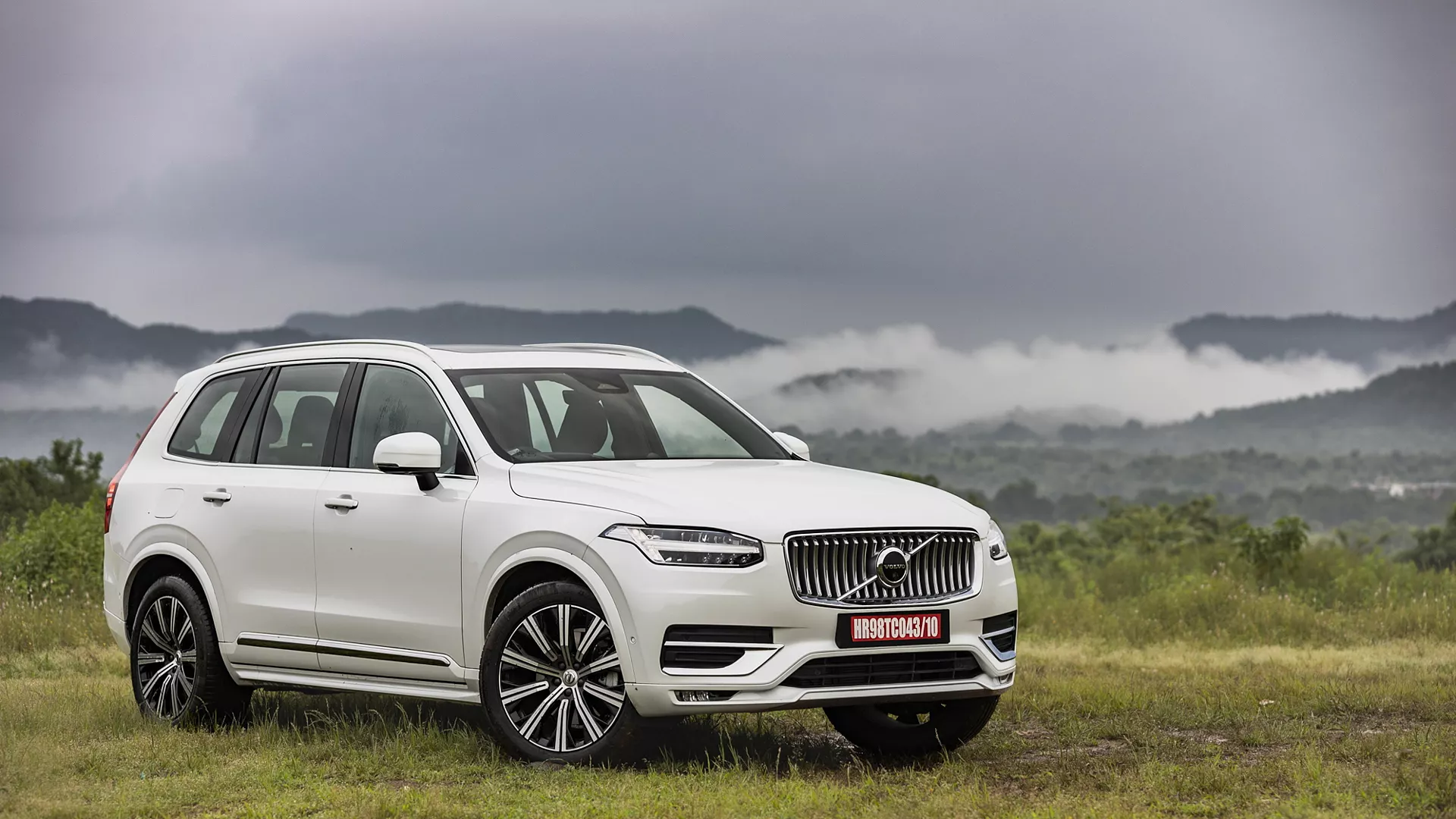The joy of buying a new car is often accompanied by the excitement of its fresh look, pristine interiors, and that new-car smell. However, over time, a car’s experience can change drastically. Factors like wear and tear, interior materials, and vehicle design play a significant role in how a car ages.
Some vehicles, however, retain that “new car” feeling even years after purchase, thanks to their high-quality materials, excellent craftsmanship, and durable components. These cars are designed not only to stand the test of time but also to provide the same level of comfort, performance, and aesthetics year after year.
On the flip side, there are vehicles that, despite being reliable, begin to show their age quickly. Whether it’s due to a decline in interior quality, outdated technology, or a lack of attention to detail in the design, these cars tend to feel less fresh as time goes on. Materials that once felt premium may begin to degrade, and the car’s performance may start to lag, leaving you wishing you had chosen a more enduring option.
The difference between cars that age well and those that don’t often lies in the design philosophy and materials used. Automakers that prioritize longevity, quality, and craftsmanship can ensure that their vehicles continue to feel new even after years of use. Meanwhile, others may focus on short-term appeal and cost-saving measures that lead to an inevitable decline in the driving experience.
In this article, we’ll explore five vehicles that still feel new after years of ownership and five that don’t. By understanding the characteristics that allow some cars to maintain their fresh appeal while others age poorly, you’ll be better equipped to choose a vehicle that will provide long-lasting enjoyment.
Whether you’re looking for a car that holds its value over time or one that requires constant updates to feel modern, this guide will give you valuable insights into how a car ages.
Also Read: 5 Cars That Nail Voice Commands and 5 That Mishear Constantly
Vehicles That Still Feel New After Years
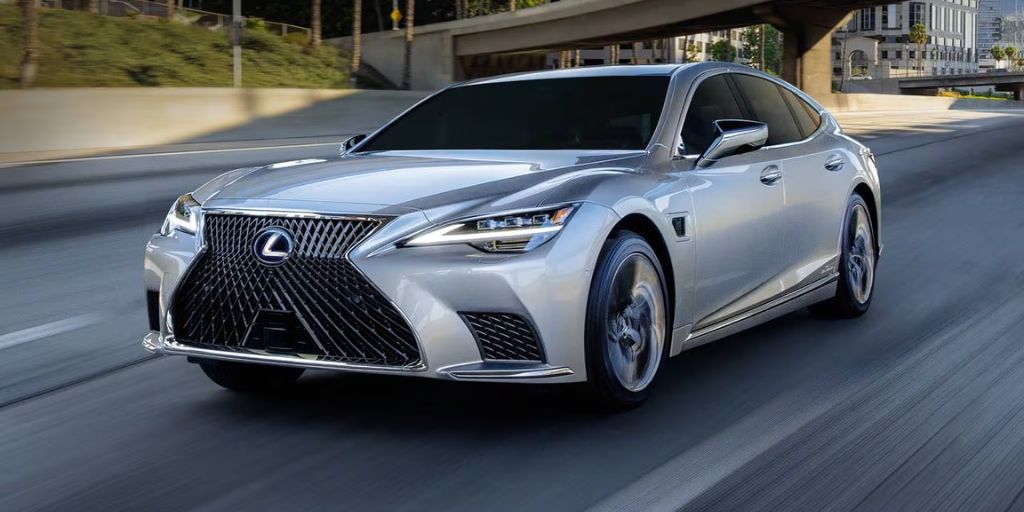
1. Lexus LS
The Lexus LS has long been a benchmark for luxury, comfort, and reliability. This flagship sedan from Lexus has consistently delivered on its promise of a high-end driving experience, and its ability to maintain that fresh, new-car feeling well beyond the typical ownership period is a testament to its exceptional engineering.
The quality of materials used in the interior—leather, wood, and metal accents—resists wear better than many other luxury sedans, helping to preserve the luxurious atmosphere even after years of use.
The cabin of the Lexus LS is designed with a focus on refinement and durability. The seats are made of high-quality leather that remains supple over time, and the soft-touch surfaces don’t easily degrade. Even the trim pieces—whether they are metallic accents or high-grade wood—hold up well against fading or scratches. Additionally, the technology in the LS, though advanced, doesn’t feel overly complex or outdated. The user interface is intuitive and remains relevant even as newer models come out.
One of the most impressive features of the Lexus LS is its smooth, quiet ride, which continues to impress after years of ownership. The car’s suspension system is designed to provide maximum comfort, and it does so without sacrificing performance. The driving experience doesn’t lose its edge over time, and the car’s reliability ensures that the car still feels like new, even after many years of use.
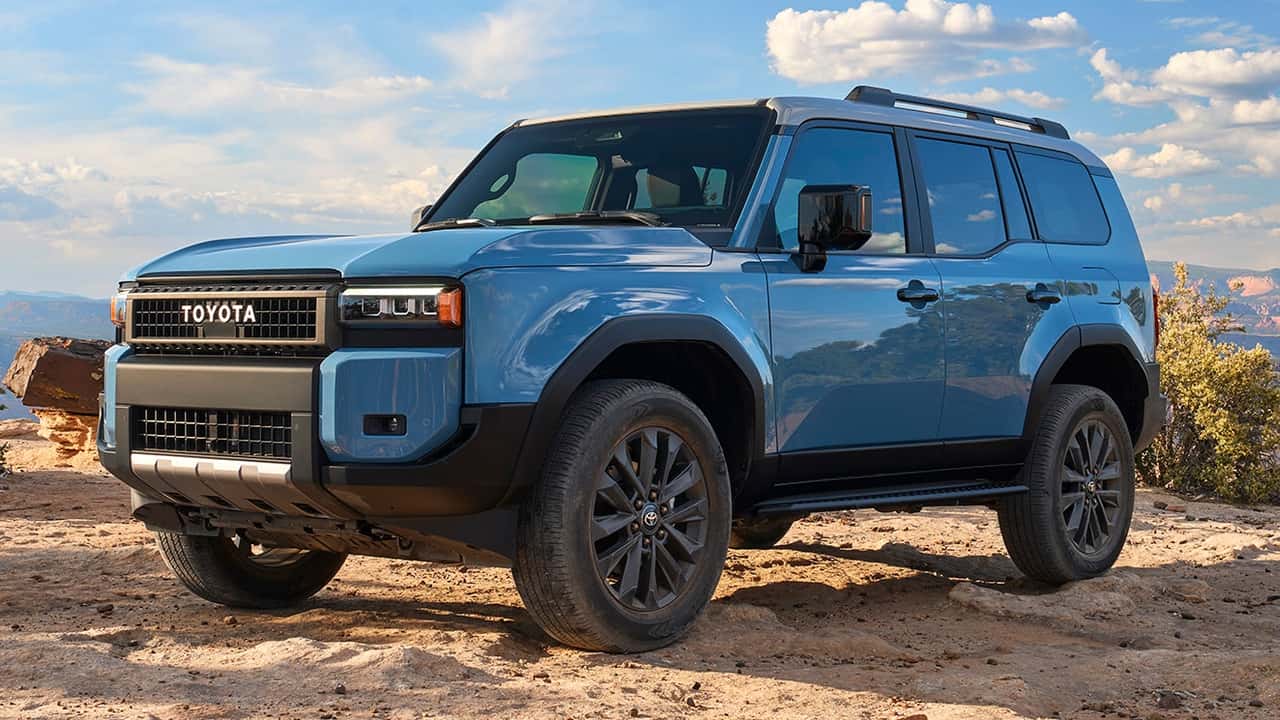
2. Toyota Land Cruiser
The Toyota Land Cruiser is a legendary SUV known for its rugged off-road capability and unmatched durability. This vehicle has been a favorite among those who need a tough, reliable vehicle that can stand the test of time.
What sets the Land Cruiser apart is its ability to retain its premium feel even after several years on the road. The cabin, which includes high-quality leather, durable plastics, and functional design, continues to offer comfort and luxury regardless of the vehicle’s age.
Even though the Land Cruiser is built to tackle tough terrains, it doesn’t sacrifice luxury or comfort. The interior materials are designed to withstand the wear and tear of both off-road adventures and everyday driving.
Over time, the cabin may pick up a few scuffs and scratches, but the build quality ensures that it doesn’t feel worn out or outdated. The Land Cruiser’s timeless design and commitment to craftsmanship mean it’s just as impressive on its tenth anniversary as it was when you first drove it off the lot.
Furthermore, the Land Cruiser’s performance continues to impress. The strong V8 engine, paired with its advanced four-wheel-drive system, delivers a driving experience that’s as capable on rugged trails as it is on city streets. The powertrain is built to last, and Toyota’s reputation for reliability means you won’t have to worry about premature engine or transmission issues. As a result, the Land Cruiser stands as a vehicle that ages gracefully, offering an experience that still feels new year after year.
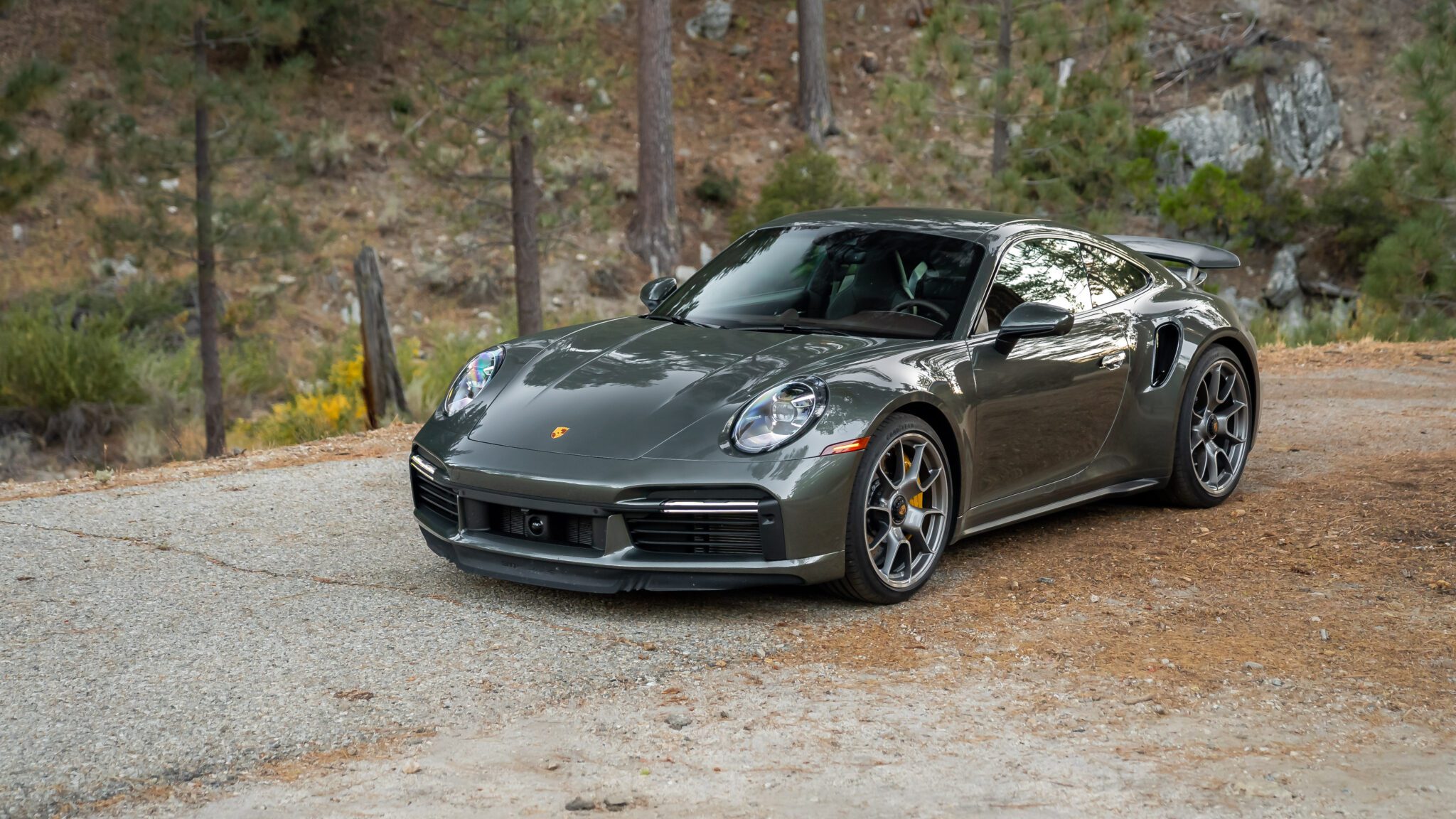
3. Porsche 911
The Porsche 911 is a sports car that is not just built to perform but also built to last. Over time, the 911 retains its sharp handling, responsive acceleration, and precise steering, making it one of the few vehicles that continues to provide a new-car-like experience even after many years.
The interior materials, such as premium leather, high-quality stitching, and durable metals, remain fresh and resist wear. The design of the 911’s cockpit, with its driver-focused layout, ensures that it continues to feel just as thrilling and engaging as when you first bought it.
The key to the 911’s enduring appeal is its engineering. While many cars lose their edge after a few years, the 911’s build quality and design philosophy keep it feeling like a modern sports car, even as it ages. Porsche continuously updates the car’s technology, which ensures that older models don’t feel outdated when compared to newer ones.
From advanced infotainment systems to driver-assist features, Porsche’s attention to detail allows the 911 to evolve with the times while preserving the core experience that makes it such an iconic vehicle.
One of the most notable aspects of the 911 is its timeless design. Unlike many sports cars that can feel outdated after a few years, the 911’s aesthetic has remained largely unchanged for decades.
Its classic silhouette and attention to detail make it a vehicle that never feels “old” and always holds a sense of modernity. The 911 is a prime example of how a vehicle can remain fresh, engaging, and exciting no matter how many years pass.
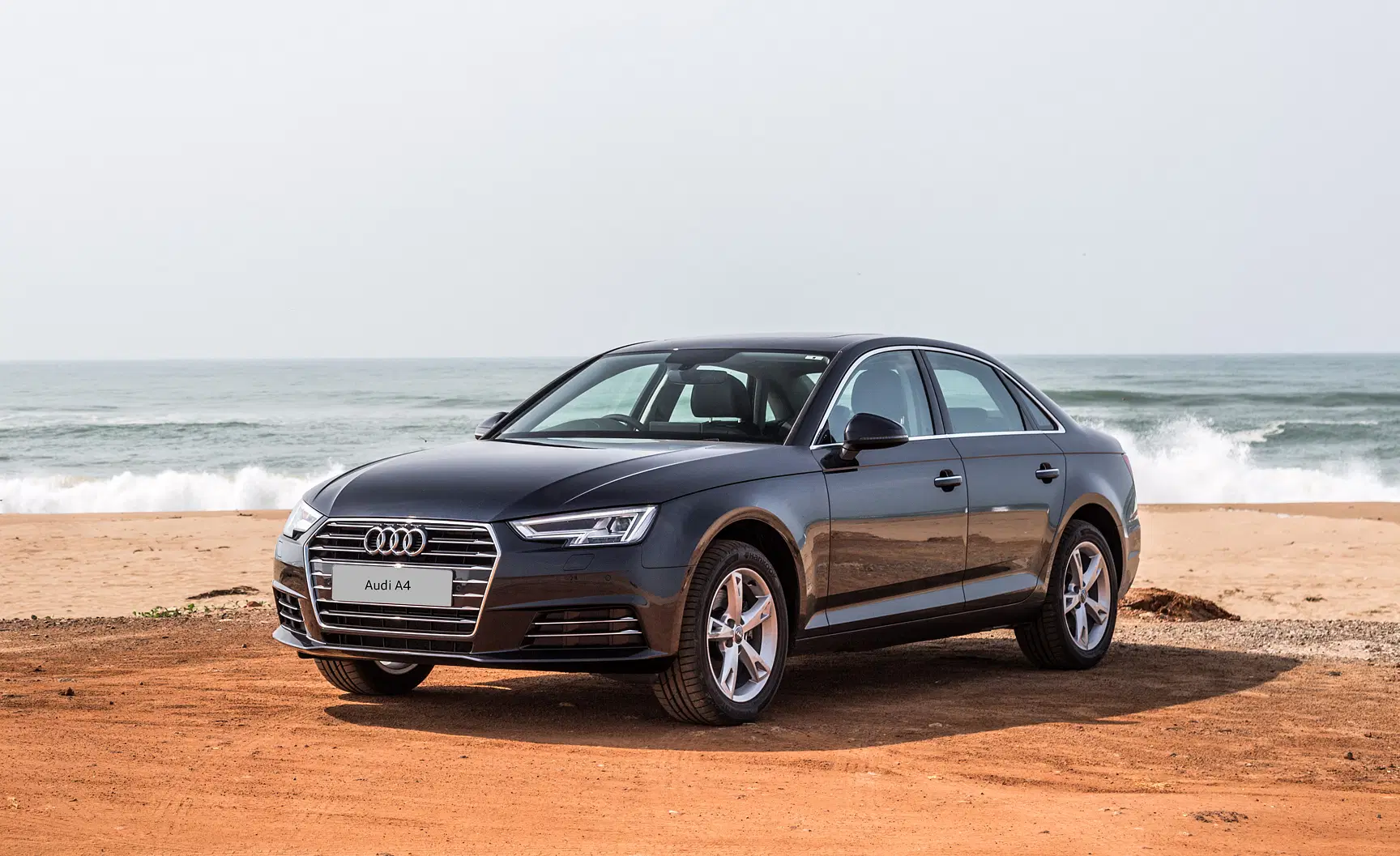
4. Audi A4
The Audi A4 has long been a popular choice in the luxury sedan market, and its ability to remain modern and enjoyable to drive over the years is one of its standout qualities. The interior is crafted from high-quality materials, including soft-touch plastics, brushed aluminum, and leather, which hold up well against daily wear and tear.
The cabin’s design remains modern, and Audi’s commitment to delivering a refined and minimalist aesthetic ensures that the car still feels fresh even after several years.
Audi’s commitment to technology ensures that the A4 continues to feel up-to-date. The MMI infotainment system, which debuted in earlier models, has evolved and continues to offer an intuitive and seamless user experience.
Over the years, Audi has incorporated software updates to keep the system relevant, and even older models of the A4 still benefit from these improvements. The car’s smooth ride and sharp handling remain intact, ensuring that the driving experience feels just as good as it did when the car was brand new.
Furthermore, the Audi A4’s durability is another factor that helps it maintain its new-car feel. The cabin materials don’t degrade over time, and the car’s performance remains consistent, thanks to Audi’s commitment to quality. Whether it’s the responsive engine, precise steering, or the firm yet comfortable suspension, the A4 continues to deliver a top-notch driving experience long after its initial purchase.
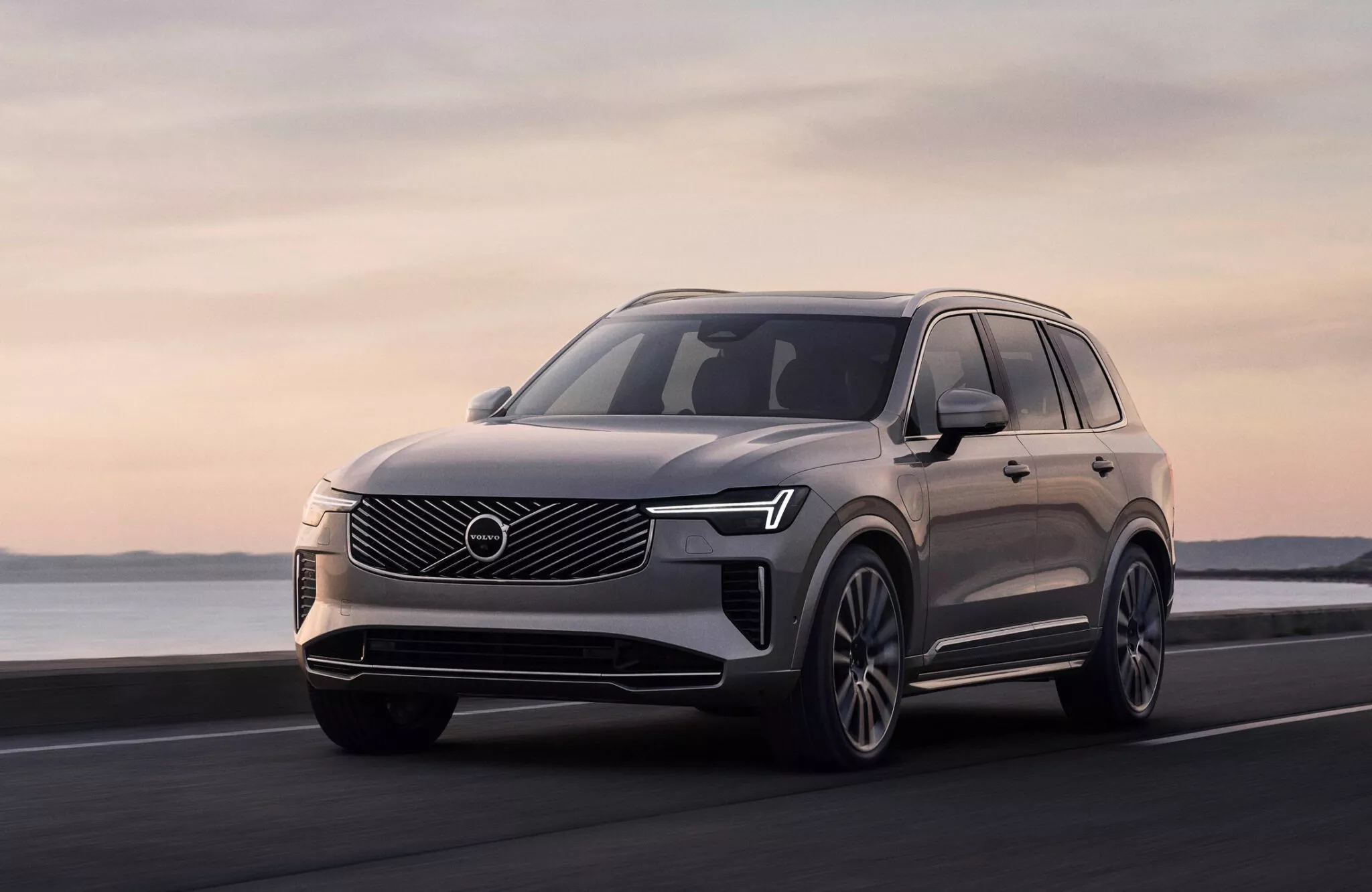
5. Volvo XC90
The Volvo XC90 is a luxury SUV that’s known for its timeless design, elegant interior, and excellent safety features. What makes the XC90 stand out as a vehicle that ages well is its combination of durable materials, thoughtful design, and ongoing updates from Volvo. The seats are upholstered with high-quality leather, which resists cracking and fading over time.
The dashboard and center console are made from premium materials, which help the interior feel just as luxurious years down the line.
In addition to its interior durability, the XC90 is built to be a reliable and comfortable vehicle for families. Its spacious cabin continues to provide a serene driving experience, with quiet road manners and an intuitive infotainment system.
Volvo’s commitment to safety also ensures that the XC90’s features remain relevant and useful for years to come. The driving experience remains smooth, and the SUV’s all-wheel-drive capability ensures that it performs well, regardless of the weather conditions or terrain.
The Volvo XC90’s design is another key factor in its ability to feel new for years. The clean, Scandinavian-inspired lines and minimalist cabin design make it a vehicle that doesn’t feel outdated. Thanks to Volvo’s commitment to updating its software and safety features, the XC90 remains relevant, and its interior holds up well over time.
Vehicles That Don’t Feel New After Years
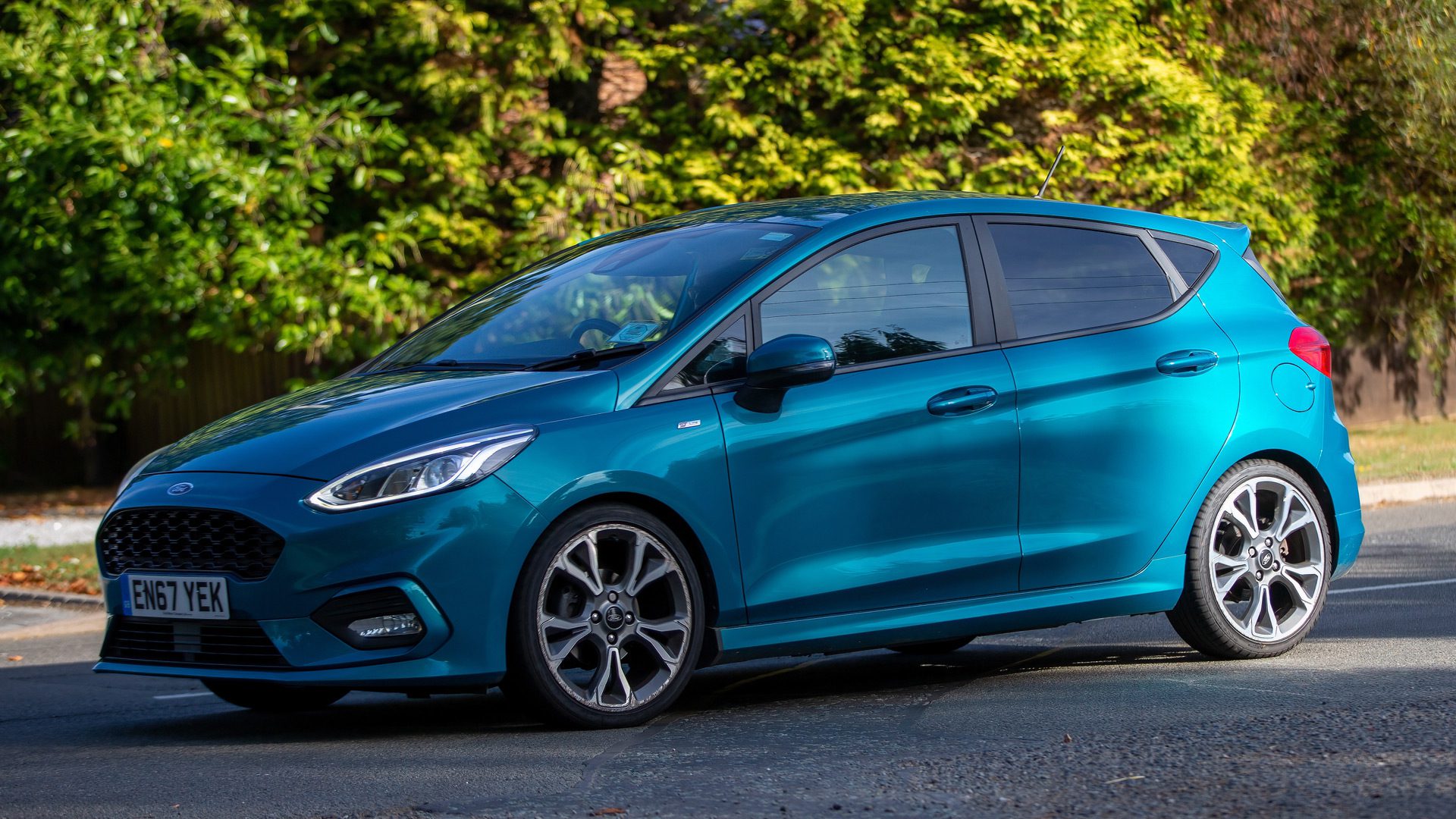
1. Ford Fiesta
The Ford Fiesta is a fun and affordable subcompact car, but its design and materials don’t hold up as well over time as other vehicles in its class. The interior features a lot of hard plastics that begin to show wear and discoloration as the car ages.
While the Fiesta’s compact size makes it an attractive choice for those looking for something practical, it doesn’t have the luxury or durability to retain that “new car” feeling for long. The seats wear quickly, and the interior trims don’t age as gracefully as they do in more premium vehicles.
The infotainment system in the Ford Fiesta, while serviceable when new, quickly feels outdated as technology advances. The smaller screen, limited connectivity options, and lack of modern features can make the cabin feel cramped and antiquated, especially when compared to newer models with larger touchscreens and advanced systems.
As the years go by, the Fiesta begins to feel like it’s stuck in the past, which makes it harder to enjoy the driving experience as much.
On the performance side, while the Fiesta’s handling and engine are still decent, it doesn’t quite feel as nimble or responsive as it did when new. The suspension can begin to feel rougher, and interior rattles or squeaks may become more common. All of these factors contribute to a driving experience that loses its appeal as time goes on.
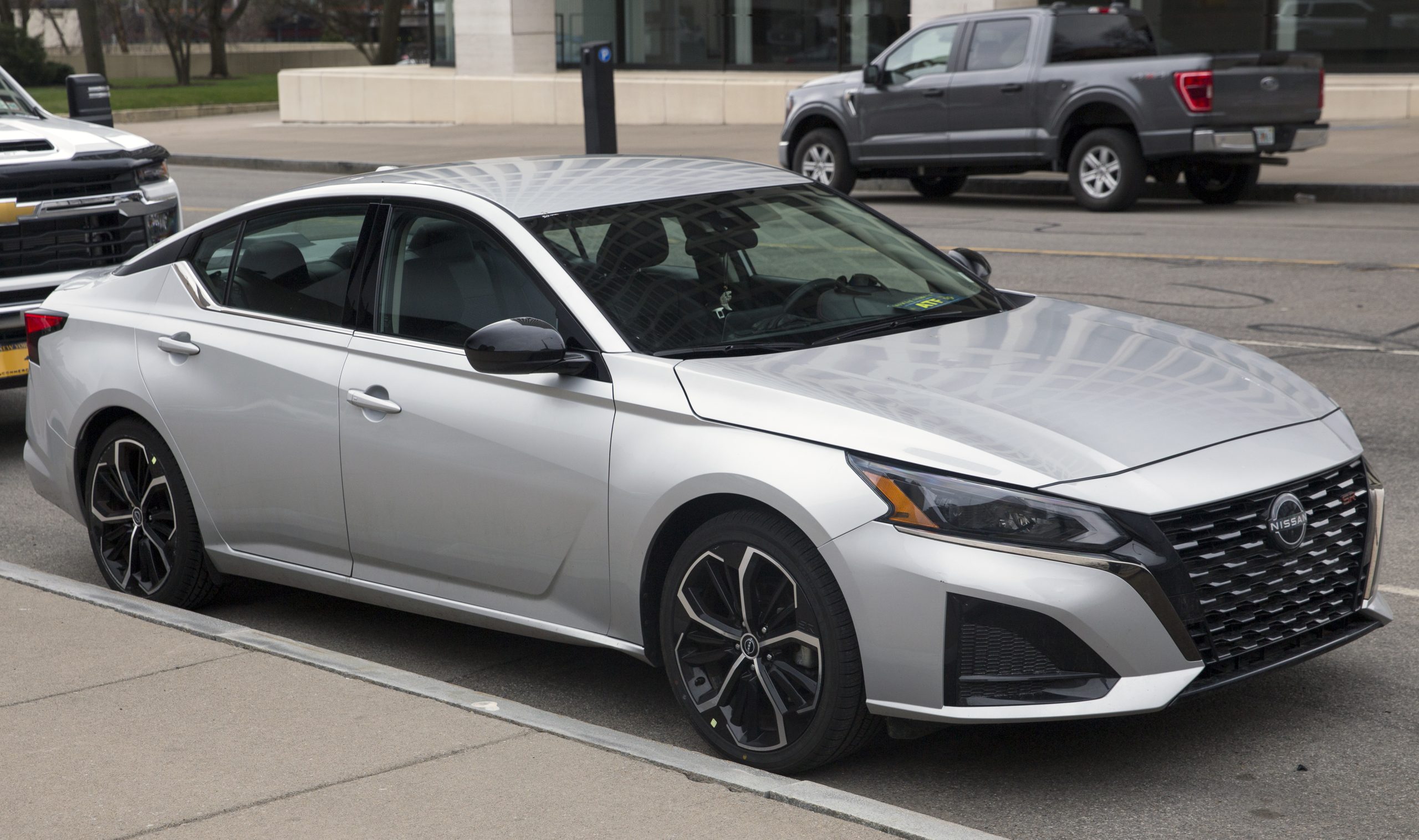
2. Nissan Altima
The Nissan Altima is a reliable mid-sized sedan, but over time, it doesn’t retain the polished feel that some of its competitors do. The interior, which may have felt spacious and comfortable when new, starts to show its age after a few years.
The materials used in the cabin, including hard plastics and fabric seats, can degrade quickly. As a result, the Altima’s once-fresh interior feels dated and less luxurious.
In terms of technology, while the Altima has a functional infotainment system, it quickly becomes outdated. Older models lack the advanced driver assistance features and modern touchscreen systems found in newer vehicles, leaving the Altima feeling behind the curve. Even with software updates, the system never feels as intuitive or polished as those found in more modern sedans.
Additionally, the driving dynamics of the Altima can lose their edge over time. The suspension, while comfortable, doesn’t maintain the smoothness and responsiveness it had when the car was new.
As the years go by, it can feel less engaging, and the engine’s performance may seem sluggish compared to newer, more refined alternatives. While the Altima is a dependable car, it doesn’t quite hold onto that “new car” feel as effectively as others.
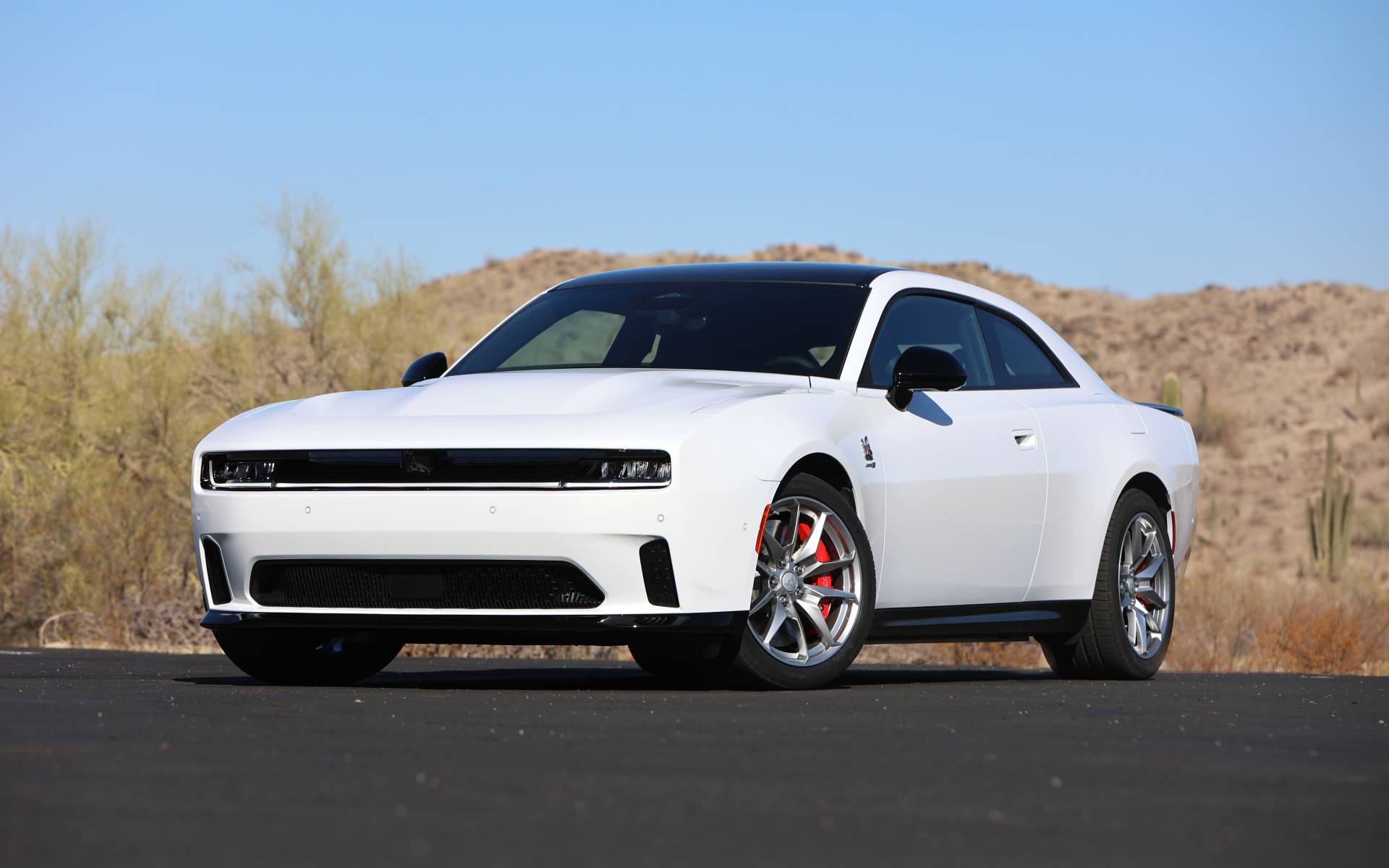
3. Dodge Charger
The Dodge Charger is a muscular sedan that’s known for its performance, but unfortunately, it doesn’t age as gracefully as some of its rivals. Despite its powerful engine options and striking looks, the Charger’s interior materials, especially in lower trims, begin to degrade over time.
The plastics, in particular, can start to show signs of wear, and the seats can lose their plush feel, especially in models that don’t feature premium materials. As the car ages, the interior starts to feel less premium, which can detract from the experience.
The Charger’s technology also begins to feel dated after a few years. While the infotainment system works fine when the car is new, it doesn’t evolve with the times. It lacks the advanced features, intuitive interfaces, and large touchscreens that more modern vehicles offer. This can make the Charger feel behind the curve, especially when compared to competitors that are better equipped with tech.
In terms of performance, while the Charger still delivers impressive power, it doesn’t retain that sharp handling and driving experience over time. The suspension system can begin to feel stiffer, and the vehicle’s driving dynamics may not be as crisp as when it was first driven off the lot. The Charger’s raw power is still there, but its experience can start to feel a bit rough around the edges.
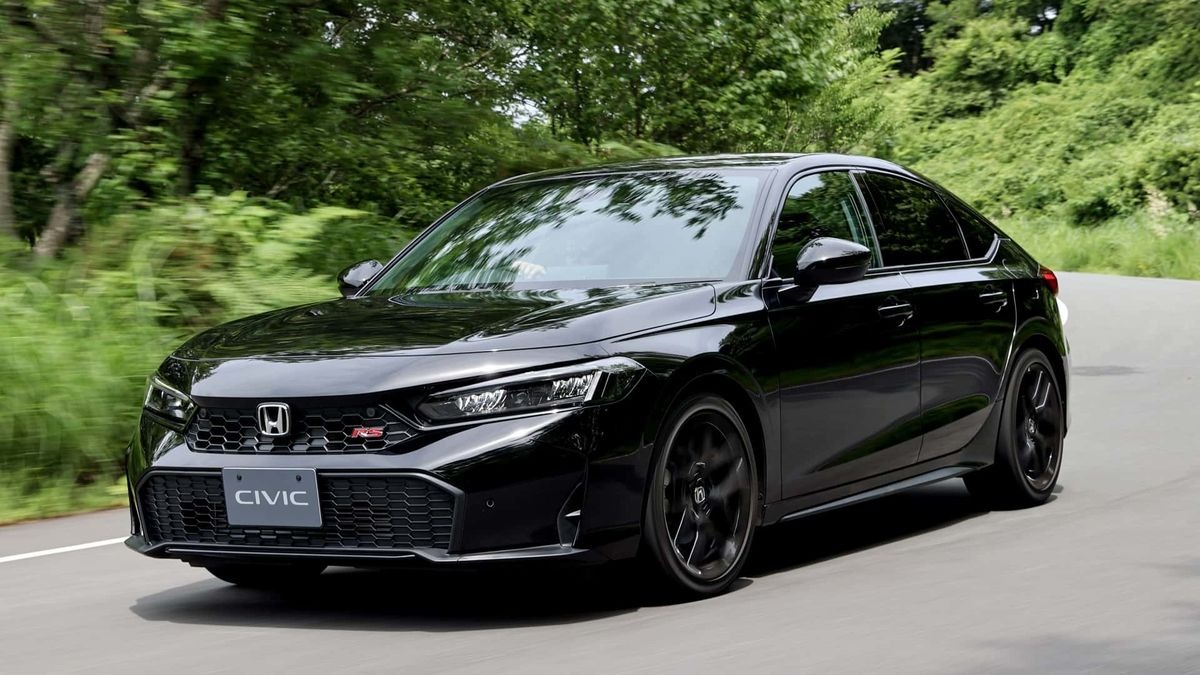
4. Honda Civic
The Honda Civic is a well-regarded compact car known for its efficiency and reliability. However, over time, its interior materials can begin to show wear. While the Civic is known for offering solid value, it doesn’t always feel as fresh as it did when new. The interior plastics, while functional, can develop scratches, and the upholstery may fade or stain easily. As the years go by, the Civic’s once-modern design starts to feel a bit dated, especially in models that lack newer technology or updated features.
Another area where the Civic shows its age is in the driving experience. While the Civic is fun to drive when new, it doesn’t retain the same level of excitement over time. The handling may feel less sharp, and the engine, though efficient, may seem sluggish compared to newer, more powerful options. The suspension, once comfortable, can begin to feel stiffer or less refined as the vehicle accumulates miles.
The Civic’s infotainment system, which may have seemed advanced at the time of purchase, eventually feels outdated compared to newer vehicles in the same class. The smaller screens and lack of features like Apple CarPlay or Android Auto can make the Civic feel behind the curve, detracting from the driving experience.
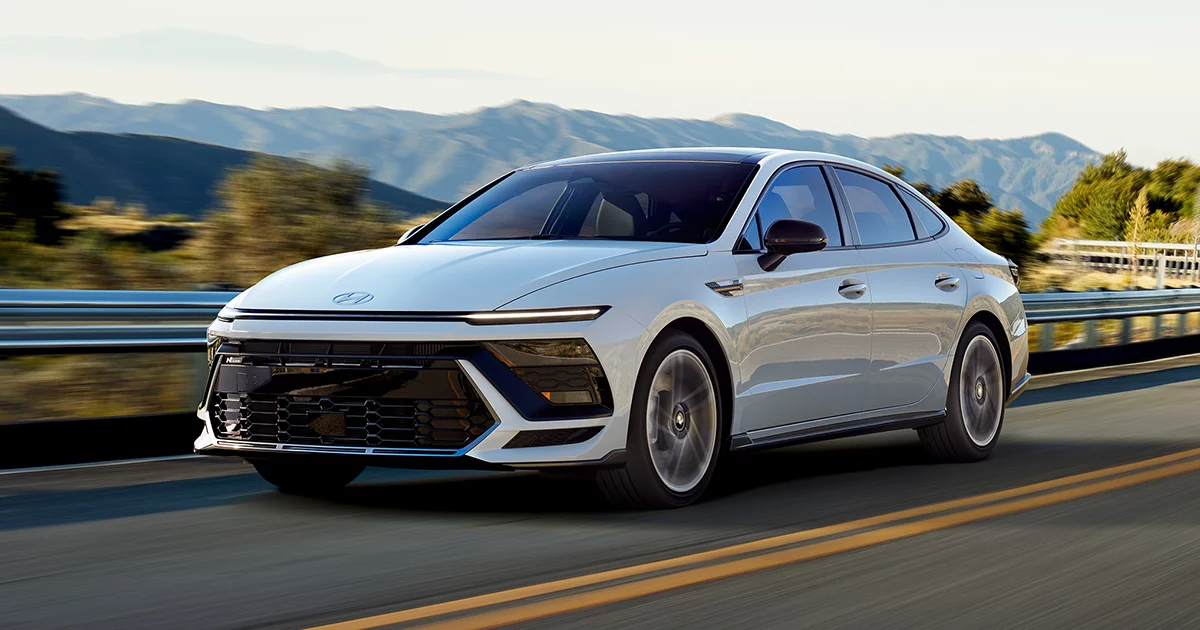
5. Hyundai Sonata
The Hyundai Sonata is a mid-sized sedan that offers great value when new, but over time, it can lose its “new car” feel. The interior materials, while good for the price, don’t always hold up well with extended use. The plastics can start to show wear, and the fabric upholstery may lose its softness, making the car feel less comfortable and more utilitarian. The Sonata’s cabin may also develop an outdated appearance as newer designs hit the market, leaving the car feeling less modern.
The Sonata’s technology also becomes less appealing over time. The infotainment system, although functional, lacks the advanced features that newer competitors offer. As new tech emerges, the Sonata’s system can feel clunky, with smaller screens and less intuitive interfaces. This can make the Sonata feel like it’s stuck in the past, particularly when compared to vehicles that have adopted newer tech trends.
Finally, the driving dynamics of the Sonata can feel more sluggish as it ages. While the Sonata is generally a comfortable ride, it doesn’t have the same level of performance or refinement as it did when new. The suspension may begin to feel less smooth, and the handling might lose some of its sharpness. As a result, the Sonata doesn’t maintain the same level of excitement or comfort as it ages, leaving it feeling less fresh over time.
Also Read: 5 Cars With Seamless Bluetooth and 5 That Always Disconnect
The ability of a vehicle to retain its “new car” feel over the years is a crucial aspect to consider when making a long-term investment. For many, buying a car is not just about the excitement of the initial purchase; it’s about enjoying that fresh experience for many years to come.
A car that maintains its appeal, both in terms of aesthetics and driving dynamics, is a testament to the quality of its design, materials, and engineering. Conversely, vehicles that lose their charm over time can lead to disappointment, as owners might find themselves grappling with issues ranging from interior degradation to outdated technology.
As we’ve seen, certain vehicles, like the Lexus LS, Toyota Land Cruiser, Porsche 911, Audi A4, and Volvo XC90, excel in maintaining their premium feel and performance even after years of use. These cars are built with durability in mind, and their materials are chosen for their ability to withstand the ravages of time.
From high-end leather and soft-touch plastics to intuitive technology systems that evolve with age, these vehicles continue to provide owners with a rewarding experience long after the new-car smell fades. The driving experience in these vehicles doesn’t lose its edge, and their designs remain timeless, which is why they remain favorites for those looking for something that truly lasts.
On the other hand, there are vehicles like the Ford Fiesta, Nissan Altima, Dodge Charger, Honda Civic, and Hyundai Sonata, which may have started strong but begin to show their age as time goes on. Whether it’s because of inferior materials that degrade faster, outdated technology, or a drop in performance as the miles pile on, these cars don’t retain that fresh appeal for long.
While they may still serve their basic functions and offer good reliability, they lose the sense of luxury, excitement, or modernity that they once provided. For owners seeking to keep that “new car” feel for as long as possible, these vehicles may not be the best long-term choice.
It’s also important to recognize that a vehicle’s ability to age gracefully is not just about the materials used or the performance under the hood. Technological advancements play a crucial role in how a vehicle feels as it ages.
Cars equipped with upgradable systems, whether through software updates or modular components, can remain relevant and continue to feel fresh, even years after their release. In contrast, cars with dated infotainment systems or a lack of modern driver-assistance technologies may start to feel obsolete much quicker.
For consumers, understanding the long-term value of a car involves looking beyond the initial excitement of driving a brand-new model. A well-crafted vehicle with lasting durability, modern features, and a timeless design can bring years of satisfaction. In contrast, a vehicle that lacks these areas might quickly feel outdated, leading to potential frustration.
Therefore, the true test of a great car is not just how it performs in the first year, but how it continues to perform and feel after several years on the road.
Whether you’re purchasing your next car for daily use, long-term reliability, or the sheer enjoyment of a vehicle that never loses its luster, it’s crucial to consider how it will hold up over time. While some vehicles fade with age, others continue to shine well beyond their first few years.
By making an informed choice based on durability, quality materials, and adaptability, you can ensure that your investment remains a source of pride and pleasure for many years to come. If longevity and retaining that “new car” feeling matter to you, choosing the right vehicle upfront can save you from the disappointment of a car that quickly loses its appeal.

